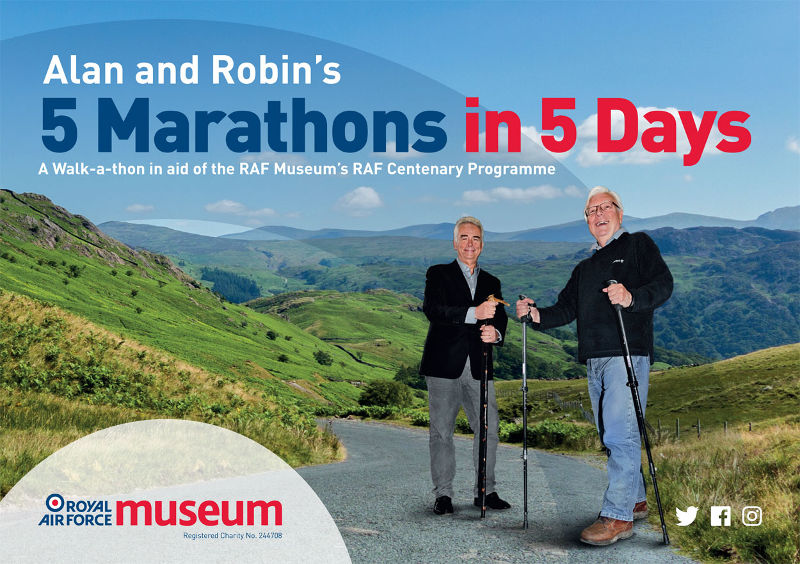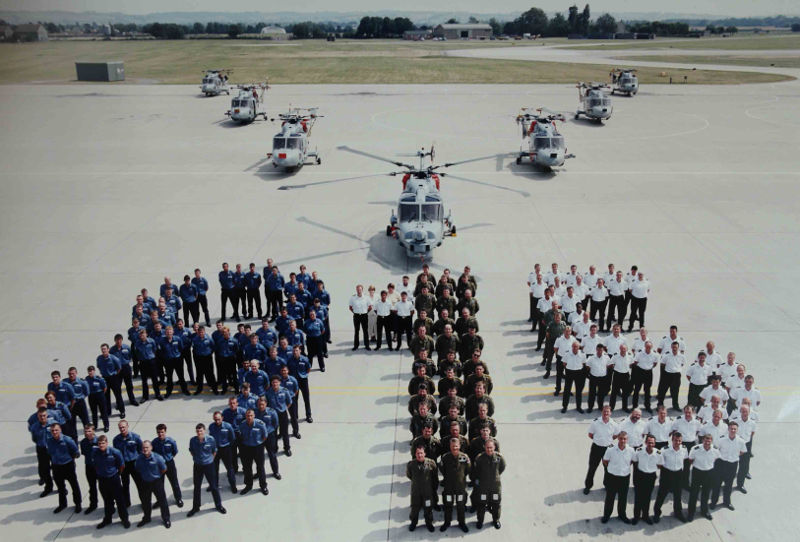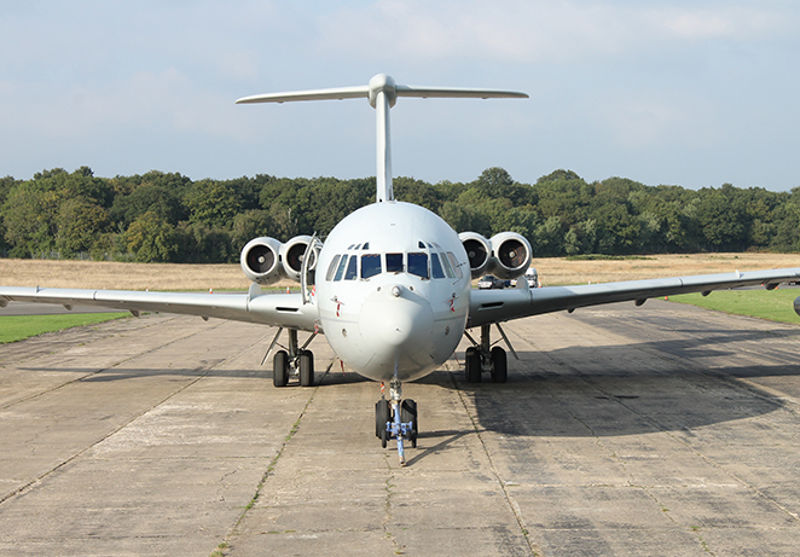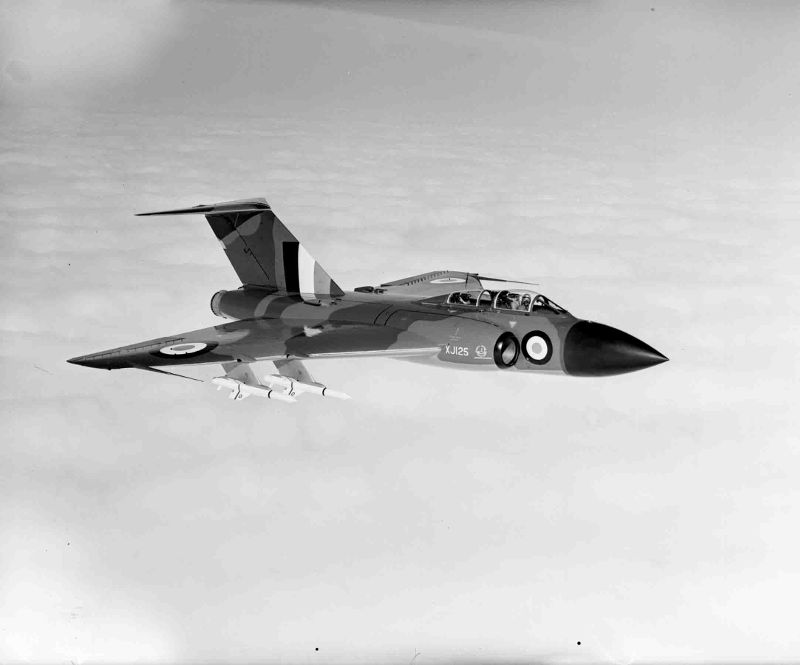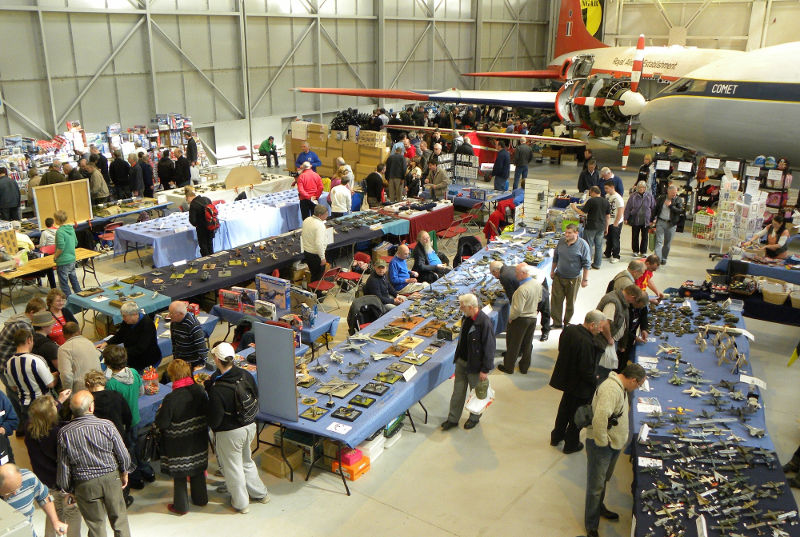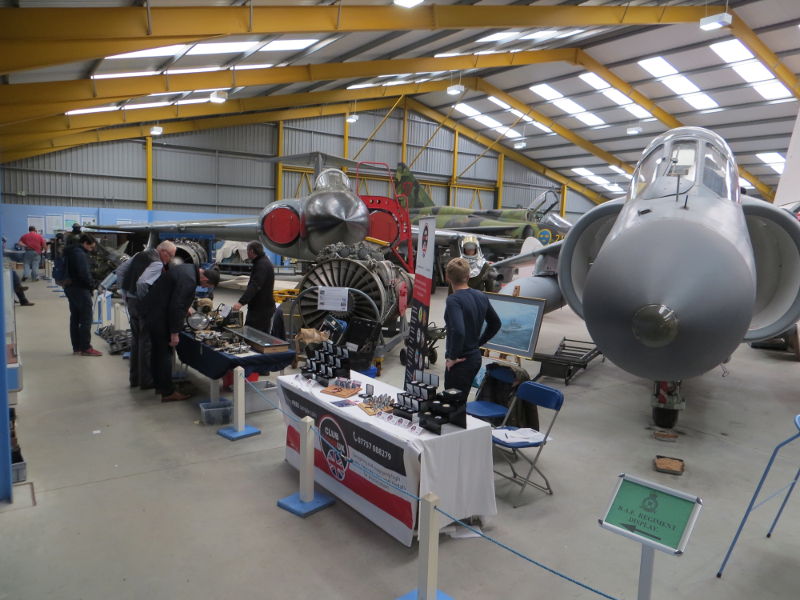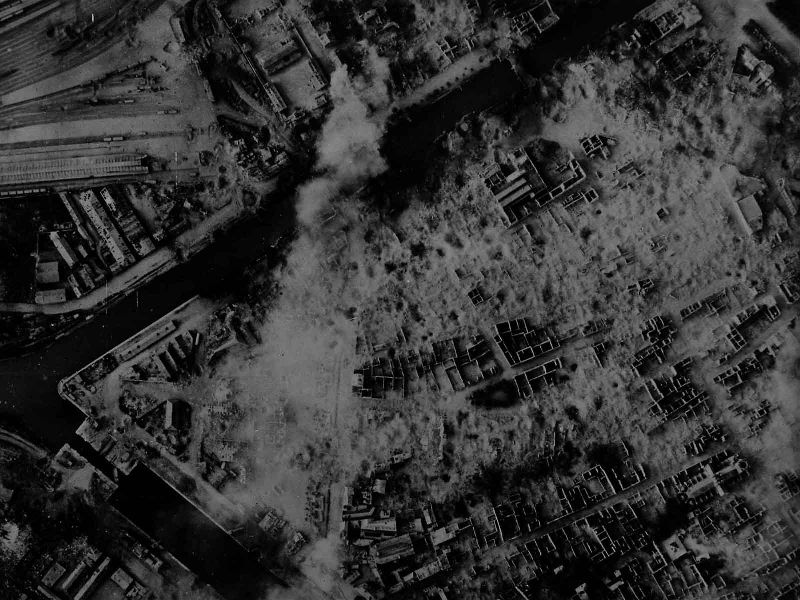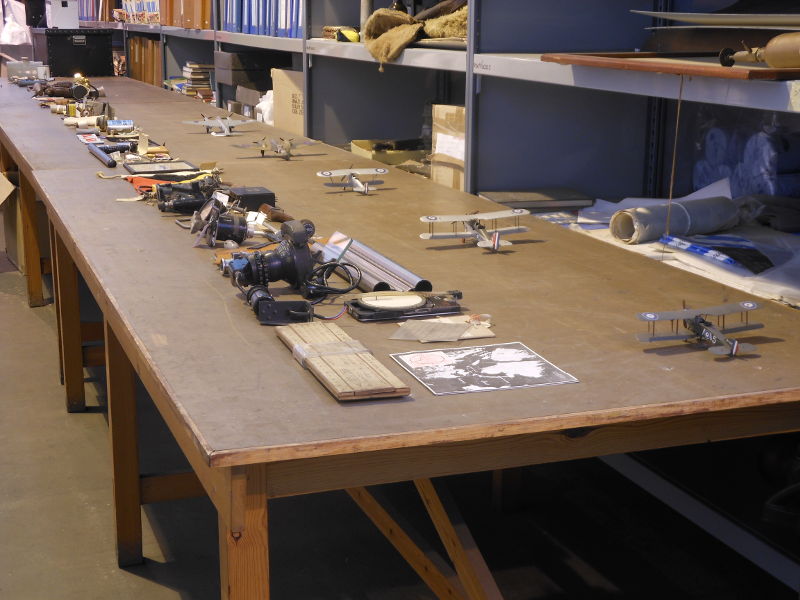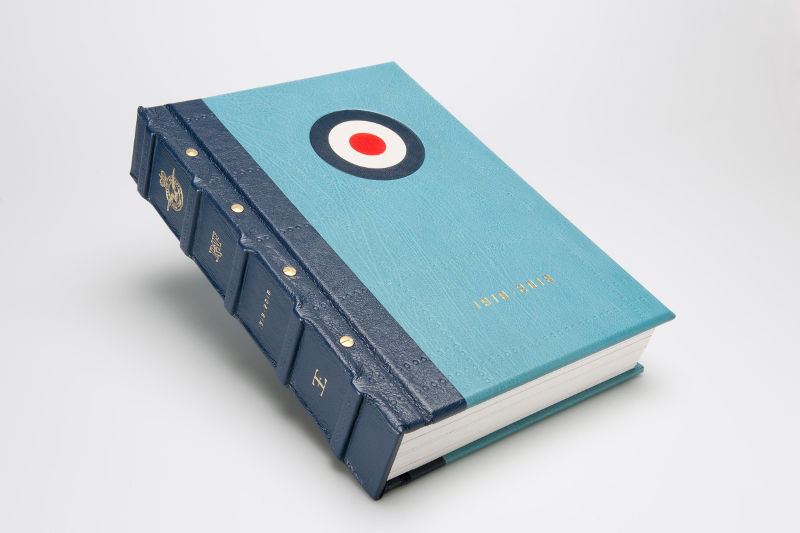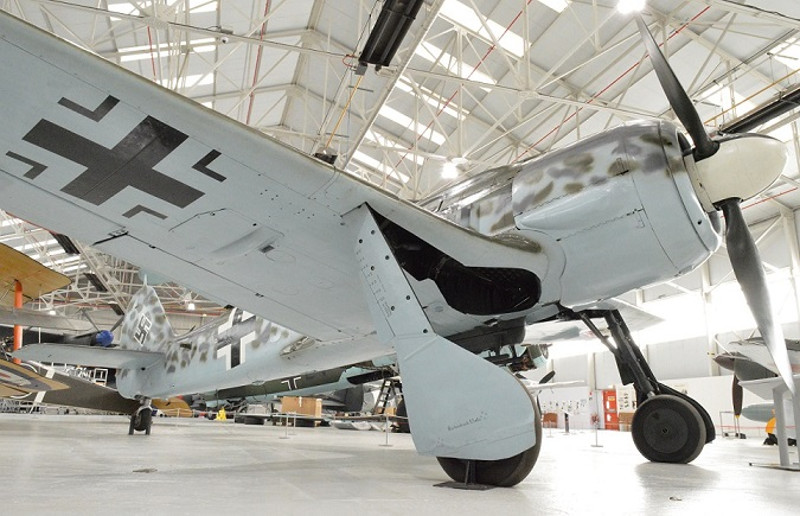
Date: 19-20 May 2017
Time: 6.00pm to 9.00pm
Cost: £12.50 per person
Two Second World War German front line fighter aircraft, the Messerschmitt BF109G-2/Trop and the Focke Wulf Fw190A-8/U-1 have been announced as highlights at the forthcoming ‘Open Cockpits Evening’ taking place at the Royal Air Force Museum Cosford on 19-20 May 2017.
With just 300 tickets available per evening, organisers are anticipating the event will be hugely popular with aviation fans eager to get a look inside two former Luftwaffe aircraft. In addition, a wide range of transport aircraft, jet fighters and unique research airframes from each of the Museum’s display hangars and within the Museum grounds will be open on the night for close viewing.
The Messerschmitt BF109G-2, designed by Willi Messerschmitt, is a legend alongside the British Spitfire, American P51 Mustang and the Japanese Zero. First flown in 1935, the Bf109 was obsolescent by the second half of World War Two yet it remained the backbone of the German Air Force’s day fighter force and was flown by many of her allies. In production right up to the end of hostilities, more than 33,000 were built second only to the Russian ‘Sturmovik’ as the most prolific military design, and post-war versions served with the Czech, Israeli and Spanish Air Forces, the latter until the mid-1960s – with Rolls Royce Merlin engines. Compact, rugged, fast and heavily armed the Bf109 has the distinction of being flown by the highest-scoring fighter aces in history. The museum’s rare example is a recent edition to the aircraft display at Cosford following its arrival in November 2016 and this is the first time the aircraft will be opened up to the public to have a closer view inside (no internal access).
Also new to the ‘Open Cockpits Evening’ line-up is fellow German fighter the Focke Wulf Fw190 – a single-seat single-engine multi-role fighter-bomber, capable of carrying a larger bomb load than its counterpart the Messerschmitt Bf109. Entering Luftwaffe service in August 1941, the Fw 190 proved superior in many respects to the Royal Air Force’s main frontline fighter, the Spitfire V. It took the introduction of the much improved Spitfire IX in July 1942 for the RAF to gain an aircraft of equal capability. One of its more unusual roles was as part of the twin-aircraft drone combination, code-named mistletoe or Mistel where a single engine fighter was mounted on top of a twin engine bomber, and on lining up with the target the fighter detached itself, leaving the bomber, packed with explosives, to impact the target. Cosford’s Fw 190 is a unique survivor of a Mistel combination and was part of a combination with a Junkers Ju 88. Although not its original partner aircraft, the Museum’s Ju88 example is now on display alongside the Fw190. Visitors to ‘Open Cockpits Evening’ will be able to sit inside the cockpit of the Fw190 on the night.
RAF Museum Cosford Curator, Al McLean said:
“The event in May is a rare chance to see inside the two most iconic German fighter aircraft of the Second World War, positioned directly opposite their British counterparts.”
Other highlights for visitors on the night will include the British Aircraft Corporation TSR 2, BAe Harrier GR9A, General Dynamics F-111F-CF and the Lockheed Hercules C130K Mk3 to name but a few.
Ticket holders will also have exclusive after-hours access to the Museum from 6pm to 9pm to experience what it feels like to sit inside a military aircraft that’s seen action around the world and marvel at the advanced technologies on unique airframes. To make sure visitors get the most out of the event, there will be a team of Volunteers manning each aircraft on the night to answer any questions from visitors.
Tickets are now available to purchase through the museum’s website www.rafmuseum.org/cosford and cost £12.50 per person which includes parking. Minimum height restrictions of 1.07 metres will apply. The Museum will close at 5.00pm both days; however the Visitor Centre and Refuel Restaurant will remain open for ticket holders and will be serving a special ‘Open Cockpits Evening’ menu.
A second Open Cockpits Evening will take place on 15-16 September and will feature a different line-up of aircraft.

